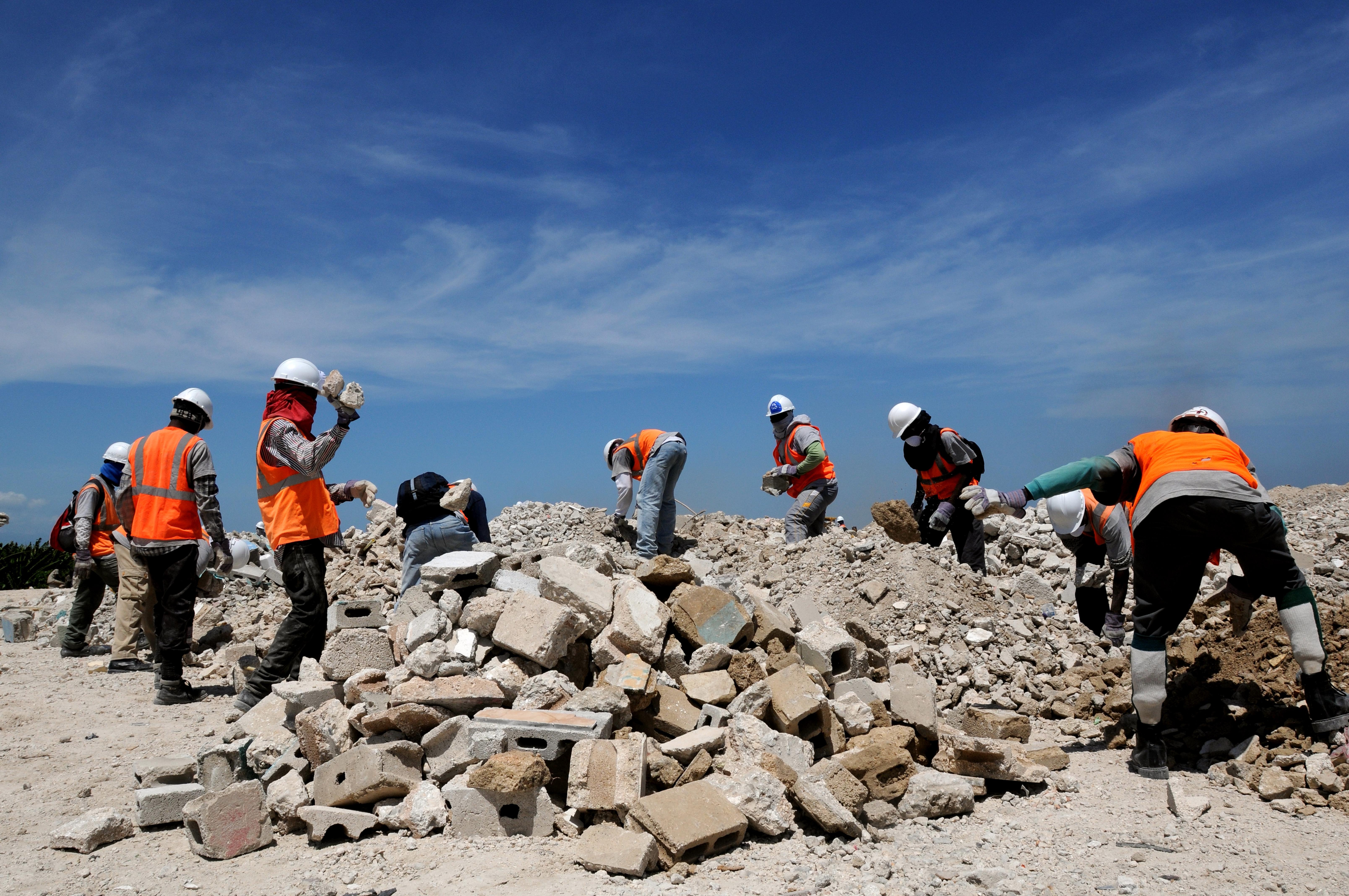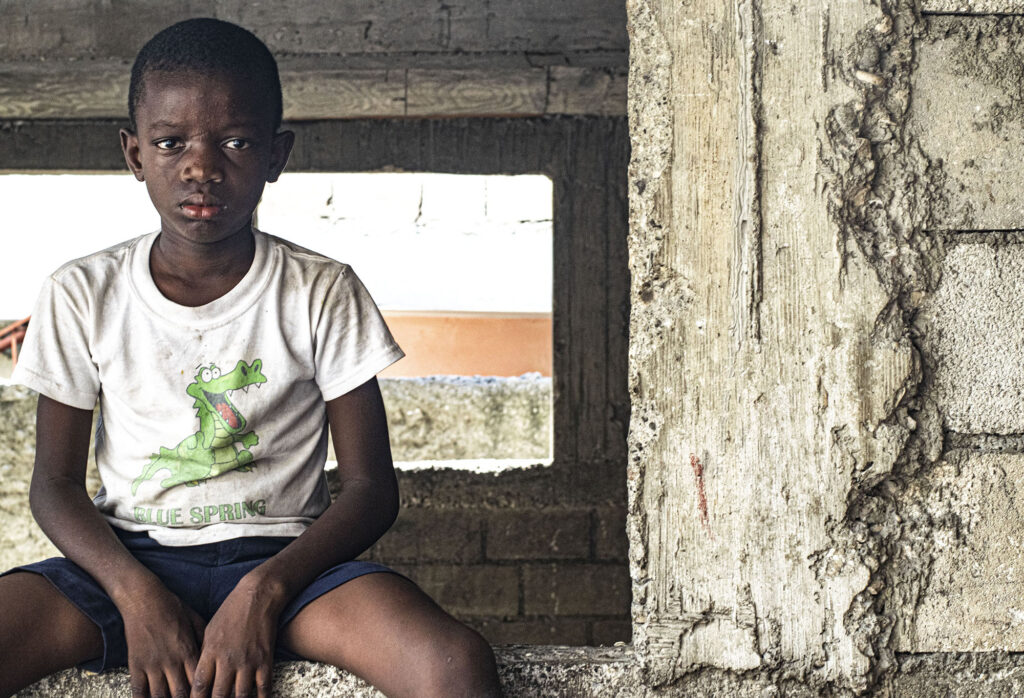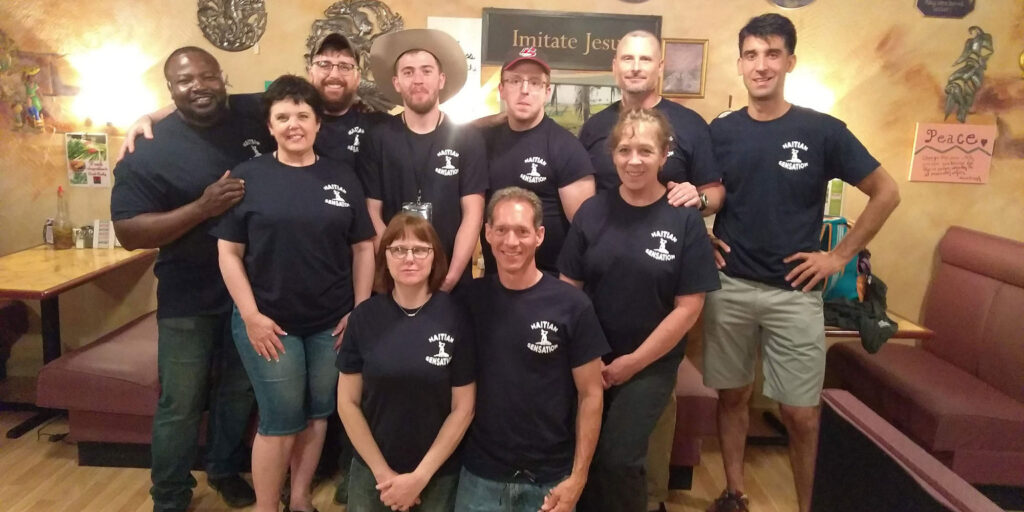The Endless Battle Against Nature's Wrath
Aftershocks Continued
Haiti's 2010 earthquake marked a devastating chapter in a history fraught with natural disasters and challenges. Positioned in a high-risk zone for both earthquakes and hurricanes, its recovery is hampered by frequent calamities and limited resources. Through collective support, a brighter future for Haiti is within reach.
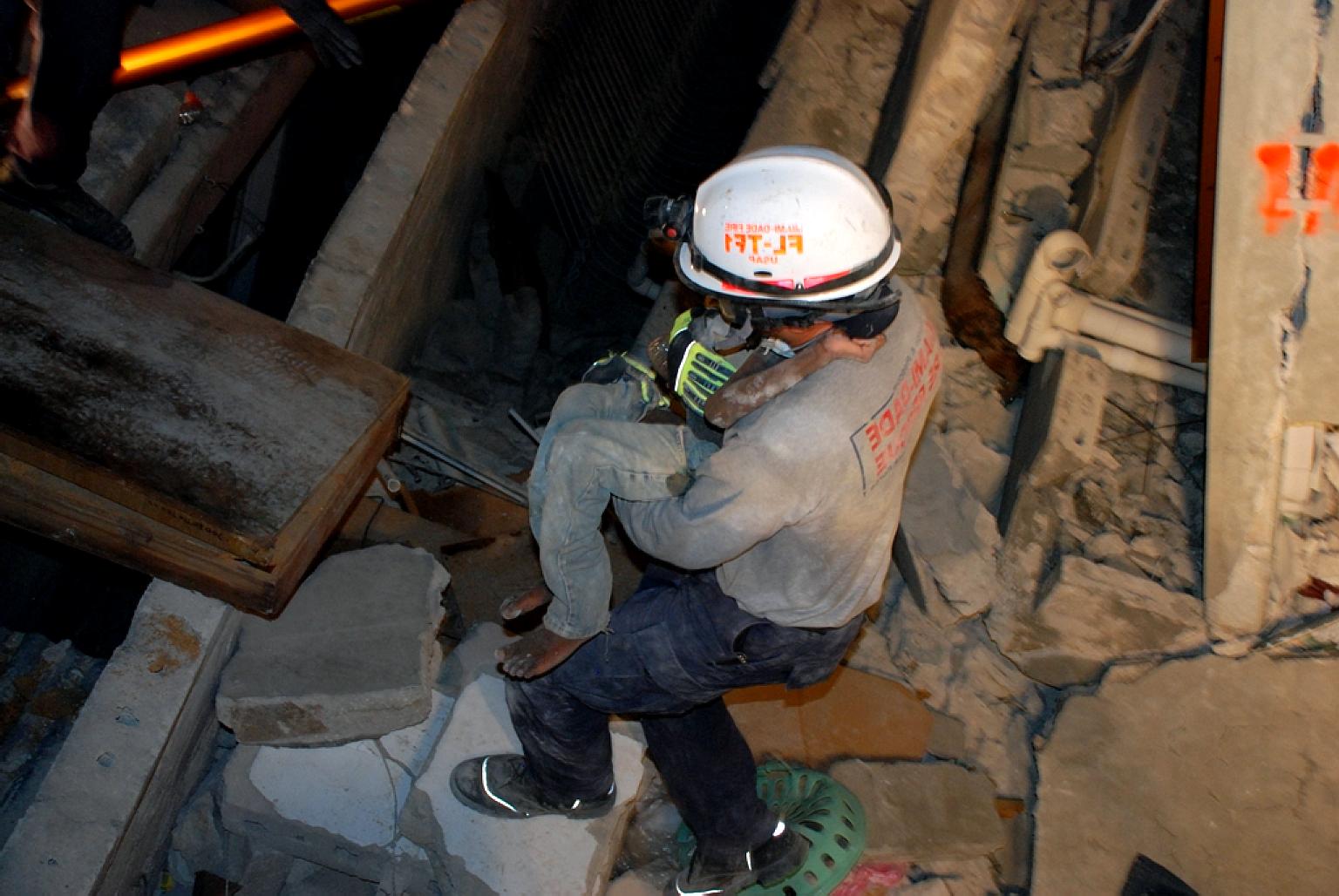

In 2010, a catastrophic earthquake struck Haiti, resulting in a devastating loss of life. The Haitian government struggled to keep track of exactly how many died, but the estimates are in the hundreds of thousands. Countless more individuals were left displaced, facing immense challenges as they struggled to survive in the aftermath.
The 2010 Haiti Earthquake was one of the worst disasters in recorded history.
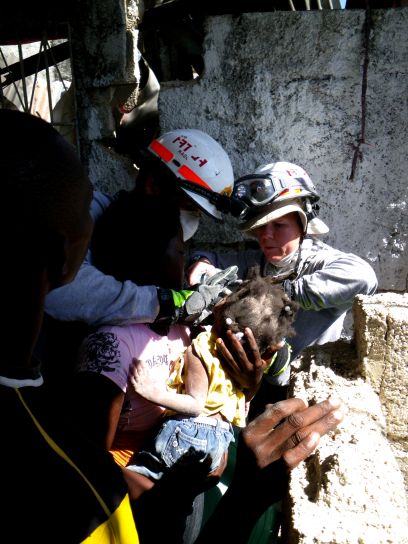
A Dual Threat
Haiti is situated along a fault system. This geological feature makes the country susceptible to earthquakes. While the region doesn't experience frequent earthquakes, when they do occur, they can have devastating consequences. Haiti is also positioned in a region known as "Hurricane Alley." This is a stretch of warm ocean water in the Atlantic Ocean through which hurricanes often pass or develop. As a result, the country faces the annual threat of hurricanes, tropical storms, and heavy rainfall, especially during the hurricane season.
Given the recurring hurricane threats, many buildings in Haiti are constructed to withstand hurricane conditions rather than earthquakes. This often involves using materials and designs that can resist strong winds and heavy rains. Unfortunately, this focus on hurricane resistance can result in buildings that are less earthquake-resistant.

A Way of Life Destroyed
The earthquake wiped out many of the country's essential services. Access to food, clean water, electricity, and medical care became scarce commodities in the aftermath. Supermarkets were reduced to rubble, making it difficult for survivors to find nourishment. Water sources were contaminated , posing a severe risk of waterborne diseases. The power grid was in shambles, plunging the nation into darkness. Hospitals and clinics were overwhelmed, with many forced to operate in makeshift outdoor facilities. The earthquake not only shattered buildings but also disrupted the lifelines of daily existence, leaving the Haitian people facing an unprecedented humanitarian crisis.

The earthquake didn't just destroy buildings; it shattered lives .

Back to Square One
Thousands became homeless overnight, and many were left with no choice but to resort to living in makeshift tents. The earthquake had not only shattered buildings but also disrupted the lives of countless Haitians, forcing them to adapt to a new reality of uncertainty and struggle. The tent cities that sprang up in the aftermath became a symbol of both resilience and the urgent need for assistance. Haiti's people faced not only the physical challenges of finding shelter but also the emotional toll of rebuilding their lives amid the rubble.

Relentless Challenges
Despite the resilience of the Haitian people, the nation has faced relentless challenges in the wake of the 2010 earthquake. The earthquake, followed by Hurricane Matthew in 2016, dealt crippling blows to an already fragile infrastructure. Roads were damaged, making the distribution of aid even more challenging. Schools and educational institutions were disrupted, impacting the future of the country's youth. Moreover, the slow pace of reconstruction left many without permanent homes for years, exacerbating their vulnerability to subsequent disasters.
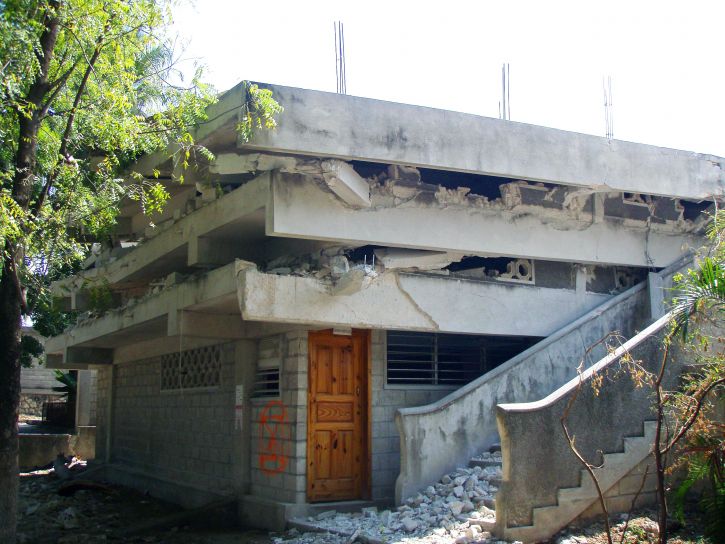
A Never-Ending Cycle
Haiti finds itself caught in a never-ending cycle of natural disasters, which strike with alarming frequency. While international aid efforts have provided some relief, the country remains ill-equipped to break free from this cycle.
Haiti repeatedly suffers from devastations, yet it is one of the world's nations least equipped to handle them.
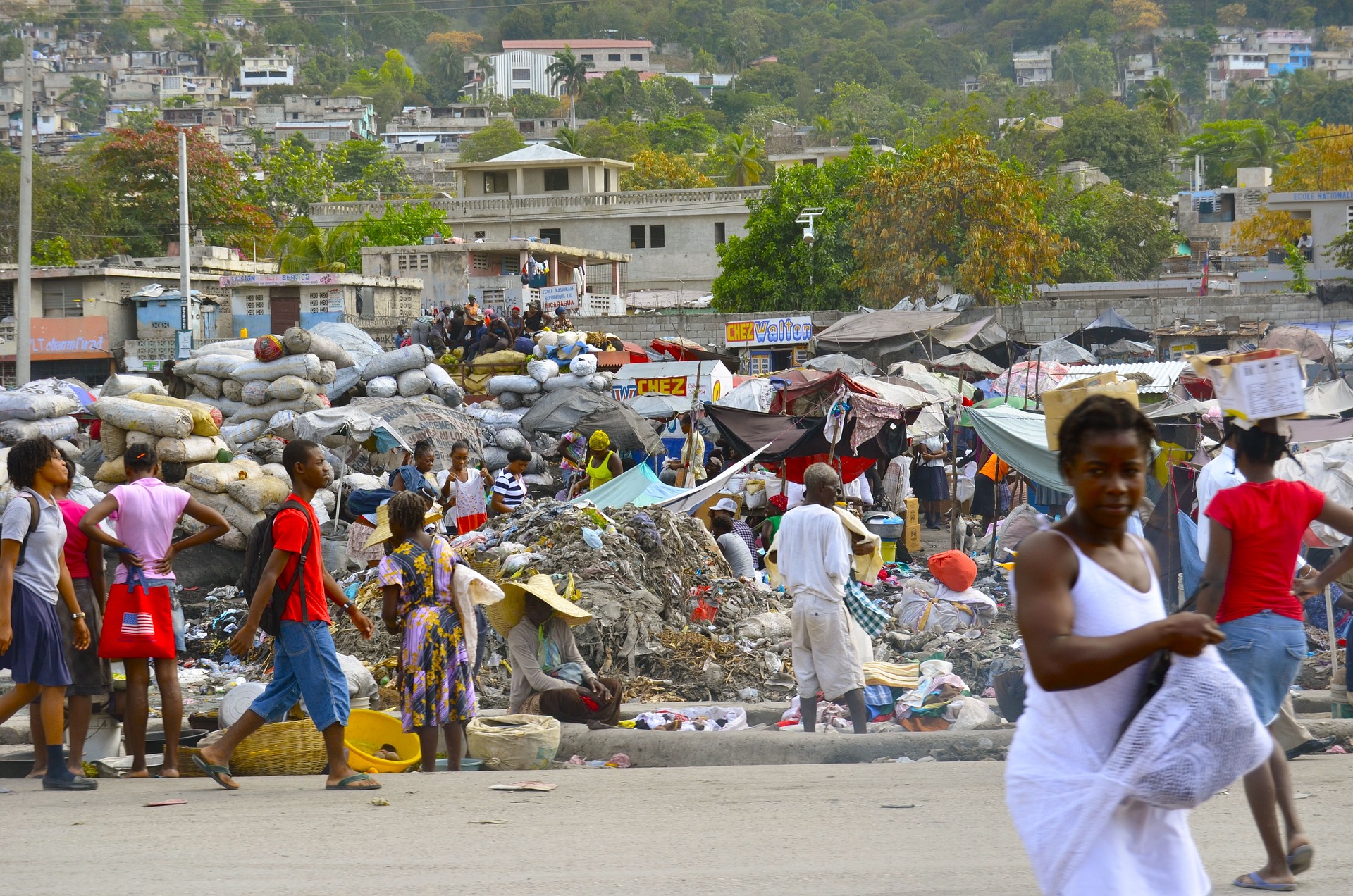
The nation's limited resources, coupled with political instability , have hindered comprehensive disaster preparedness and recovery initiatives. The devastating effects of these recurring disasters go beyond immediate casualties and destruction; they erode the hard-won progress made in healthcare, education, and economic development, plunging the nation into a persistent state of crisis.
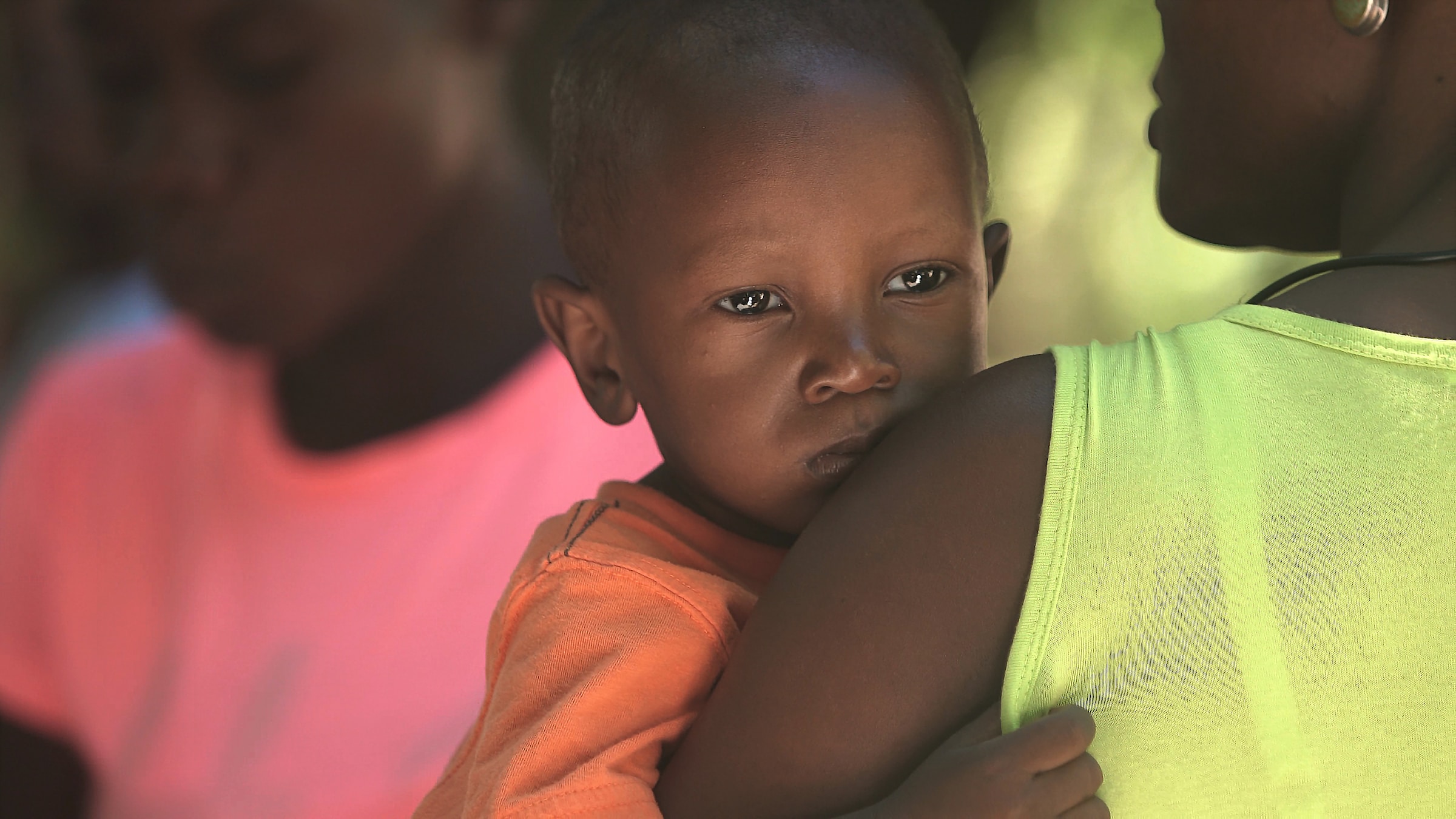
A Need for Support
From the ashes of disaster, the Haitian spirit has risen, unwavering and resilient. But the tremors of nature continue to test their resolve. Our Mission envisions a brighter, more stable Haiti.
Your support today can be the seismic shift that changes lives, rebuilds communities, and fortifies against future disasters.
